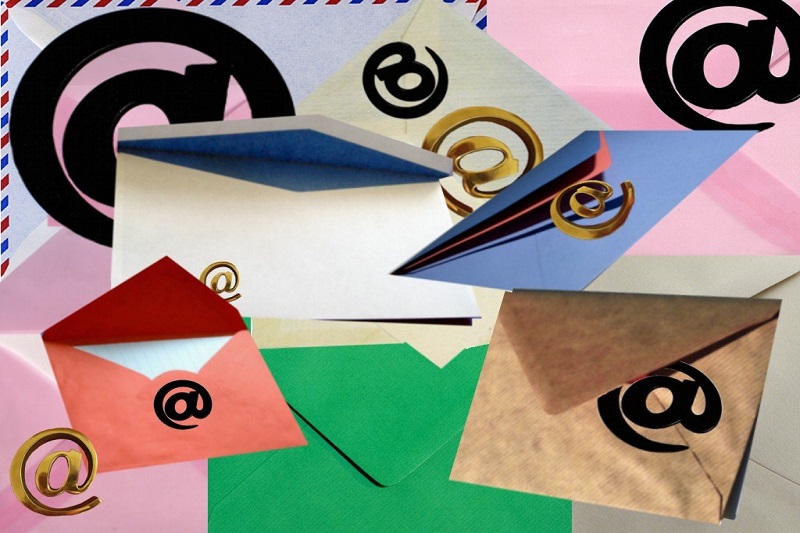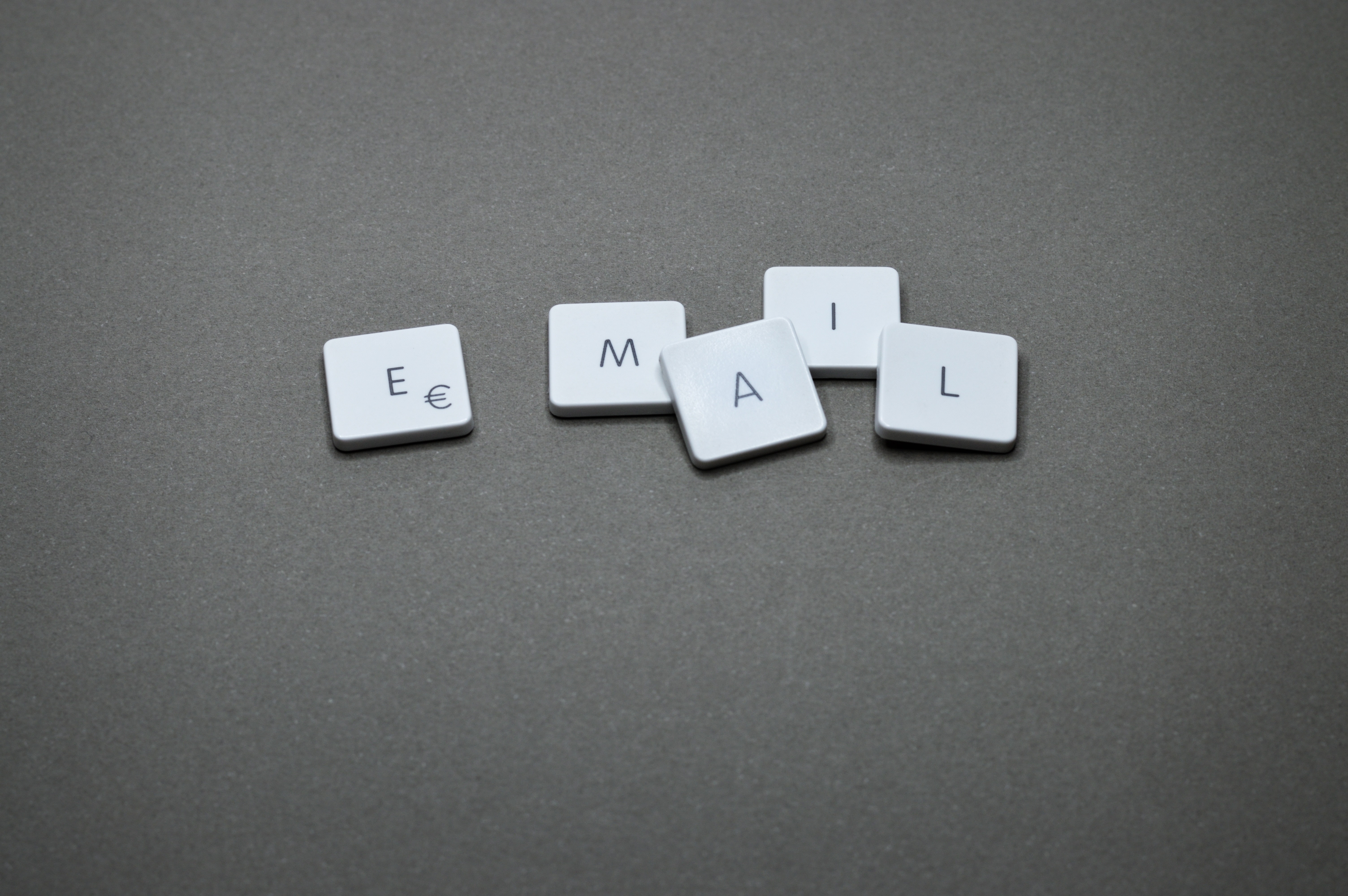Email Marketing

It's been said by commentators of tech that email is on its way out. However, data indicates that we're using email now quite extensively. Many small businesses are exhibiting renewed interest in email marketing as a means to reach their customers with germane, personalized messages intended to ultimately improve sales.
Sending marketing messages to prospective and current customers via email in order to sell, educate, or build loyalty is a crucial part of your marketing strategy. Email is an especially important tool in relation to eCommerce, where it’s used for sending transactional, promotional, and lifecycle messages.

Getting started with Email Marketing
Building an email list and sending compelling content gives you a way to retain the traffic that you already have. It provides subscribers with an incentive to stay in touch.
You can build ongoing relationships with your customers. It’s often easier (and cheaper) to keep a customer than get a new one. Email can encourage a customer to make a second purchase and beyond. It remains the best way to maintain and strengthen existing relationships over time.
If you’re not collecting your customers’ emails, you should be. Even if you don’t have email marketing to send out at the moment, you want to be building your email list.
You need permission to send email marketing to your contacts. Subscribers need to “opt-in” to hear from you. By customers signing up on an opt-in form, you’re getting implicit permission.
The most obvious means to collect email addresses is through a newsletter signup form somewhere on your site. You’ll notice these signups on almost all eCommerce sites these days, be it on the homepage header or footer, About Us page, Blog page, or pop-up form.
Within a Shopify store, you can offer purchasers the option to be on your email list at the time of checkout. This is a great place to add an opt-in option to your newsletter.
Your means of enticing customers to sign up is important. “Signup for weekly email” isn’t as enticing as “Receive a Discount for signing up with us!” Thus, offering something that a customer wants is helpful, be it a discount, other offer, or compelling article.
Types of email marketing campaigns to send
Let's break down how you can email your customers.
Transactional Emails
Transactional emails are sent during checkout and other purchasing actions and are more functional in nature, sending key information to individual customers. Order confirmations, receipts, and order-shipped emails all fall within this category.
Transactional emails are not just expected; they’re anticipated. Customers seek them out. Because of their high engagement, you shouldn’t skimp on making your transactional emails great. These include Order confirmations, Email Receipts, and Shipping Confirmations.
These transactional emails are an opportunity for you to offer the customer a reason to come back. You can offer a returning customer a discount or free shipping on their next visit.
Promotional Emails
Promotional emails are designed to raise awareness for a specific deal or (you guessed it) promotion. For example, a Black Friday Cyber Monday email, a Mother's Day gift guide email, a summer savings email, or a limited-time-only discount email would all fall under this category.
Whenever you choose to send a promotional email, they give you the opportunity to drive your customers back to you. You can offer new products, seasonal sale on select products, the familiar discount or free shipping, a time-sensitive deal, or a subscriber-only discount. These are all good choices.
Lifecycle Emails
Lifecycle emails, also known as “triggered” emails, are so named because they’re sent based on what action a shopper took and where that shopper is in the customer lifecycle. For example, a cart abandonment email only gets sent after a customer leaves products in their cart.
The abandoned cart email is a simple email follow up with your customer reminding them that they left something in their shopping cart without having checked out. You can send this a certain amount of time after they've left your site. A fair portion of customer receiving this email will go back and complete a purchase.
Lifecycle emails are an opportunity to increase sales. Occurrences that can trigger you to send a lifecycle emails include cart abandonment emails, welcome emails, second-order emails, and win-back campaigns.
One of the best things about email marketing is it’s a low-risk channel to explore when you’re getting your feet wet. Start building a basic email list, set up your first cart abandonment campaign right away, and slowly iterate until you have a holistic strategy in place.